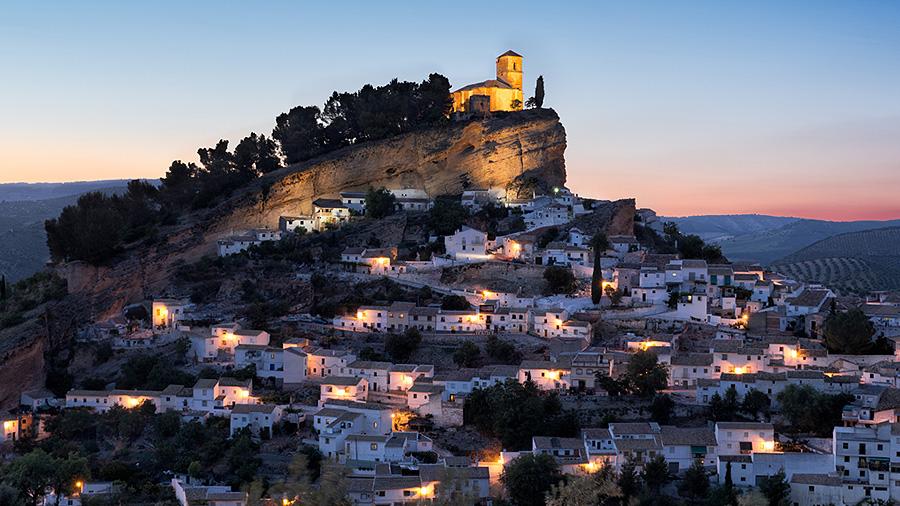Surveys of meeting and event groups that ask what attendees seek in a destination consistently show they are looking for locales with a distinctive sense of place, a strong and sophisticated service culture, good meeting facilities with plenty of broadband internet, good transportation, good lodging and good cuisine—and that’s just to name the “must-have” ingredients. And if one wanted to name a part of the world that has all of those ingredients, it would take just one word: Europe.
“Europe has such a broad diversity of cultures with their own languages and customs and cuisines, with distinctive destinations that are a very short distance from each other, that it offers almost unlimited choices,” says Tamara Weide, marketing/communications director for the newly formed Belgian Limburg Convention Bureau and vice president of communications for the MPI Belgium Chapter.
Limburg, a historic and picturesque region in eastern Belgium on the border with the Netherlands is, like virtually all of Europe, a place with centuries of interesting history and strong cultural traditions, but is also a region that is new to the business of marketing itself to meeting and conference groups. That’s because of a major step that took place in recent years that was a bold commitment to sustainability: Seven coalmines in Limburg were closed and replaced with knowledge centers.
The concept of the knowledge centers is to serve as economic incubators—institutions that would spawn startup businesses in the region. The centers have unique names that reflect their missions: GreenVille (clean technology and circular economy); C-Mine Crib (creative and innovative business); IncubaThor (technology, innovation and energy); BioVille (health and care); BikeVille (cycling economy); Agropolis (agricultural innovation); Corda Inc. (IT and high-tech); and Flanders Make (propulsion technologies in the automotive sector). Two additional centers are scheduled to open in 2017. All of the campuses have classrooms and meeting facilities, which are popular with conference groups.
“They are very popular with association groups,” says Weide, who calls Limburg “Brussels’ green back yard.” Because Belgium’s capital and largest city is not far from Limburg, some groups choose to have their principal conference in Brussels and then have a second event in Limburg, while others choose to go directly to a site in Limburg for their main event.
“With six airports in our region, transportation is not a problem,” Weide says. In terms of distinct communities, Limburg is rich—the small province has 44 municipalities, all of which are served by the Belgian Limburg Convention Bureau.
Limburg is also known as one of Europe’s great bicycling destinations and is one of Belgium’s major fruit-growing regions.
In contrast to the new and growing outreach to visitors by the province of Limburg, the city of Granada, Spain, which is hosting the European Meetings and Events Conference (EMEC) next month (March 5-7), has a tradition of hosting visitors that goes back well over a millennium.
“People of all cultures have been coming to Granada from all corners of the world for centuries and settling here, and they have a welcoming attitude toward newcomers that is almost spiritual in nature,” says Eva Garde, marketing director for the Granada Convention Bureau and a board member of the MPI Spain Chapter.
“That spirit of warmth and welcome to visitors creates an atmosphere that is nothing short of magic in my opinion,” she says. “I don’t know if people who come here are looking for magic, but that is exactly what they find. Hemingway said that if you can only visit one city in Spain, it should be Granada, and I believe that is true.”
Among the most distinctive charms of Granada is its compelling and richly historical architecture.
The top of most visitor’s “must-see” list is the Alhambra, a massive royal complex originally built in the 11th and 12th centuries by the Moorish sultans after their invasion of Spain, and later taken over by Spanish royalty when Spain took Granada back from the Moors.
The complex, which now includes the Museum of the Alhambra, with objects mainly from the site of the monument itself and the Museum of Fine Arts, is easy for EMEC delegates to visit because both the historic complex and the Palacio Congresos Granada/Granada Conference Center—the venue where the EMEC will be held—are situated in the central city.
The conference center, which includes a 20,000-square-foot exhibition hall, an auditorium that seats 2,000 and various meeting rooms that can accommodate groups ranging from 20 to 500, is an easy cab ride from not only the Alhambra but other widely visited historic sites around the historic city, which offers stunning examples of not only 12th-century Moorish architecture but classic examples of Spanish architecture in the centuries that have transpired since.
In addition to being in a historically rich place, Granada is also in a region in southern Spain (Andalusia) that is popular for its proximity to the Mediterranean Sea and the country’s Sierra Nevada mountains. Granada is an easy drive from both ski slopes and ocean beaches.



